
| Recorded by: David George, Larry Chen on 2024-08-29
Durham Co.
Comment: Larva on Acer rubrum | 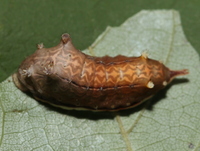
| Recorded by: David George, Larry Chen on 2024-08-29
Durham Co.
Comment: |

| Recorded by: David George, Jeff Niznik, Kevin Bischof on 2024-08-07
Transylvania Co.
Comment: | 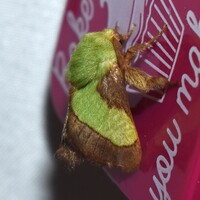
| Recorded by: David George, Jeff Niznik, Kevin Bischof on 2024-08-07
Transylvania Co.
Comment: |
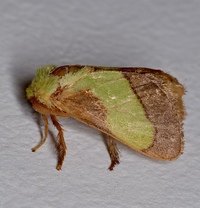
| Recorded by: Stephen Dunn on 2024-07-30
Orange Co.
Comment: | 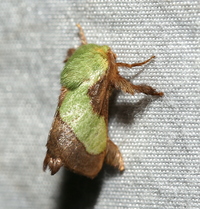
| Recorded by: David George, Jeff Niznik, Patrick Coin, Steve Hall, Carol Tingley, Tom Howard on 2024-07-27
Chatham Co.
Comment: |
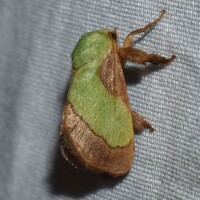
| Recorded by: David George, Jeff Niznik, Patrick Coin, Steve Hall, Carol Tingley, Tom Howard on 2024-07-27
Chatham Co.
Comment: | 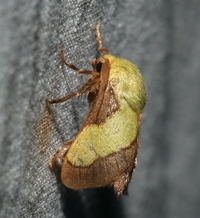
| Recorded by: David George on 2024-07-15
Chatham Co.
Comment: |
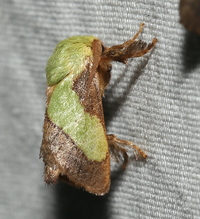
| Recorded by: David George on 2024-07-15
Chatham Co.
Comment: | 
| Recorded by: Owen McConnell on 2024-07-01
Graham Co.
Comment: |
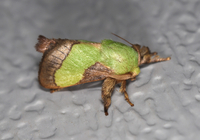
| Recorded by: Jim Petranka on 2024-06-28
Madison Co.
Comment: | 
| Recorded by: Emily Stanley on 2024-06-24
Buncombe Co.
Comment: |
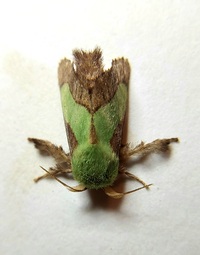
| Recorded by: Mark Basinger on 2024-06-23
Yancey Co.
Comment: | 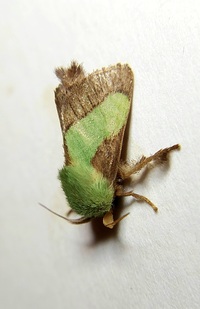
| Recorded by: Mark Basinger on 2024-06-23
Yancey Co.
Comment: |

| Recorded by: K. Bischof on 2024-06-18
Transylvania Co.
Comment: | 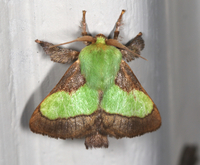
| Recorded by: Jim Petranka on 2024-06-14
Madison Co.
Comment: |
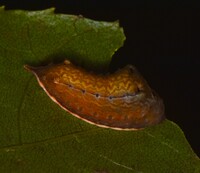
| Recorded by: Stephen Dunn on 2023-09-19
Orange Co.
Comment: | 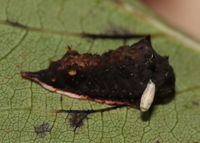
| Recorded by: David George, Stephen Dunn, Jeff Niznik on 2023-09-15
Orange Co.
Comment: |
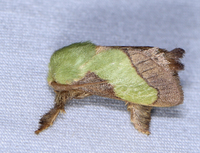
| Recorded by: John Petranka, David George on 2023-08-05
Orange Co.
Comment: | 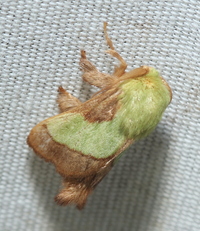
| Recorded by: David George, Stephen Dunn, Jeff Niznik, Rich Teper, Becky Watkins on 2023-07-30
Swain Co.
Comment: |
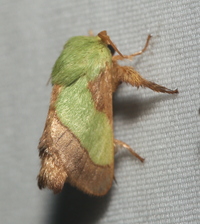
| Recorded by: David George, Stephen Dunn, Jeff Niznik, Rich Teper, Becky Watkins on 2023-07-29
Swain Co.
Comment: | 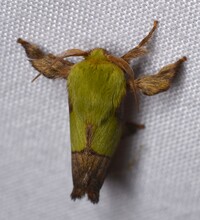
| Recorded by: Stephen Dunn, Jeff Niznik on 2023-07-26
Chatham Co.
Comment: |

| Recorded by: Stephen Dunn, Jeff Niznik on 2023-07-26
Chatham Co.
Comment: | 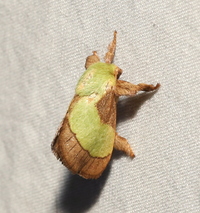
| Recorded by: David George, Steve Hall, Stephen Dunn, Jeff Niznik, Rich Teper, Becky Watkins on 2023-07-22
Orange Co.
Comment: |

| Recorded by: K. Bischof on 2023-07-18
Transylvania Co.
Comment: | 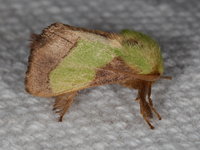
| Recorded by: Jim Petranka on 2023-07-11
Madison Co.
Comment: |
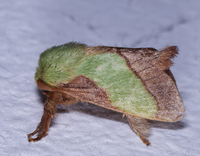
| Recorded by: John Petranka, David George on 2023-07-07
Orange Co.
Comment: | 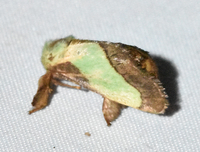
| Recorded by: Emily Stanley on 2023-07-01
Yancey Co.
Comment: |

| Recorded by: Jim Petranka on 2023-06-30
Madison Co.
Comment: | 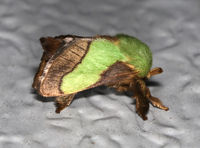
| Recorded by: Jim Petranka on 2023-06-28
Madison Co.
Comment: |
|

 »
»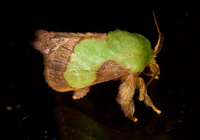
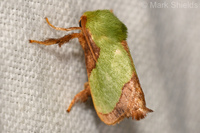
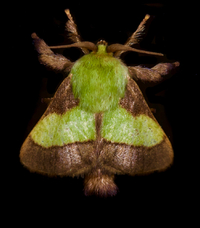

 »
»

